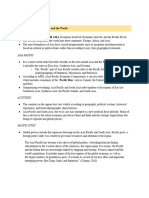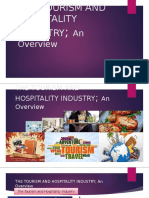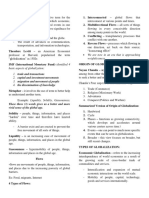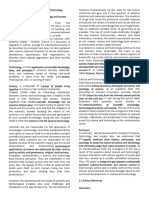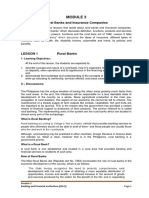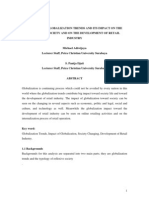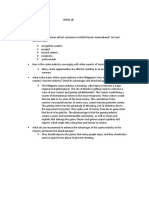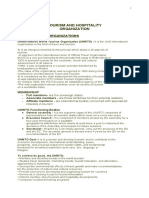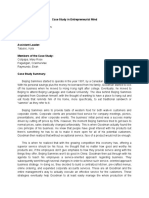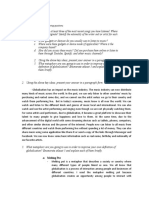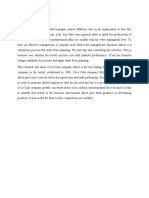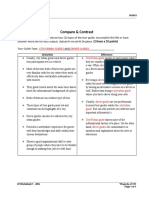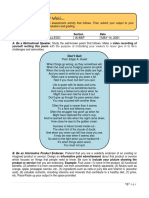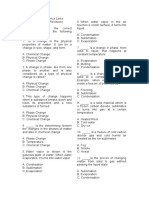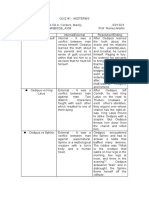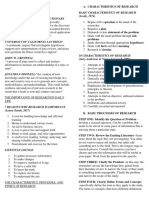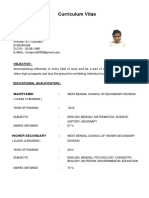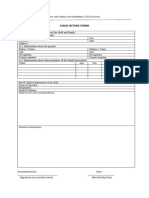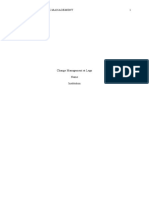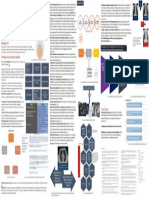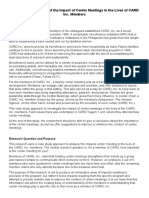0% found this document useful (0 votes)
503 views4 pagesModule 1 Multicultural
1. Culture refers to the learned beliefs, values, and customs that are shared by a group of people. It encompasses aspects like language, food, religion, social habits, politics and art.
2. There are different layers of culture including universal, national, regional, ethnic, religious, and individual. Managing diversity in the workplace involves understanding and respecting differences across these cultural layers.
3. Globalization has increased cultural diversity in workplaces as people from different backgrounds interact more. While this presents both opportunities and challenges, organizations should aim to decrease cultural distance and promote acceptance of cultural differences.
Uploaded by
Macky CorderoCopyright
© © All Rights Reserved
We take content rights seriously. If you suspect this is your content, claim it here.
Available Formats
Download as DOCX, PDF, TXT or read online on Scribd
0% found this document useful (0 votes)
503 views4 pagesModule 1 Multicultural
1. Culture refers to the learned beliefs, values, and customs that are shared by a group of people. It encompasses aspects like language, food, religion, social habits, politics and art.
2. There are different layers of culture including universal, national, regional, ethnic, religious, and individual. Managing diversity in the workplace involves understanding and respecting differences across these cultural layers.
3. Globalization has increased cultural diversity in workplaces as people from different backgrounds interact more. While this presents both opportunities and challenges, organizations should aim to decrease cultural distance and promote acceptance of cultural differences.
Uploaded by
Macky CorderoCopyright
© © All Rights Reserved
We take content rights seriously. If you suspect this is your content, claim it here.
Available Formats
Download as DOCX, PDF, TXT or read online on Scribd
/ 4




